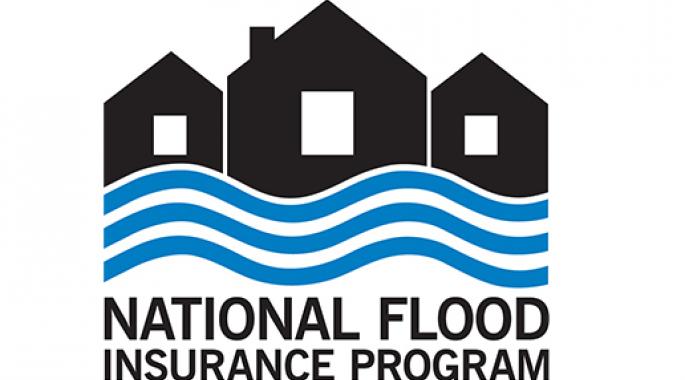The U.S. Federal Emergency Management Agency (FEMA) has again turned to the capital markets to secure an additional $450 million of reinsurance for the National Flood Insurance Program (NFIP), via its fifth FloodSmart Re Ltd. catastrophe bond transaction.
 The issuance of FloodSmart Re Ltd. (Series 2022-1), FEMA’s special purpose insurer, sees the agency enter into a three-year reinsurance agreement with Hannover Re (Ireland) DAC, who in turn transferred $450 million of the NFIP’s financial flood risk to qualified insurance-linked securities (ILS) investors.
The issuance of FloodSmart Re Ltd. (Series 2022-1), FEMA’s special purpose insurer, sees the agency enter into a three-year reinsurance agreement with Hannover Re (Ireland) DAC, who in turn transferred $450 million of the NFIP’s financial flood risk to qualified insurance-linked securities (ILS) investors.
For the first year of coverage, FEMA is set to pay $61.23 million in premiums. For any single flood event, the catastrophe bond is structured to cover 2.5% of losses between $6 and $7 billion; 5% of losses between $7 and $9 billion; and 32.5% of losses between $9 and $10 billion.
This is the fifth time FEMA has turned to the capital markets to expand its reinsurance program, having entered the space in 2018 with a $500 million deal, which has now matured.
However, the $300 million FloodSmart Re Ltd. (Series 2019-1), $400 million FloodSmart Re Ltd. (Series 2020-1), and $575 million FloodSmart Re Ltd. (Series 2021-1) transactions are all outstanding.
These three previous deals, combined with the 2022 cat bond issuance, and the January 2022 traditional reinsurance placement, means that FEMA has transferred $2.664 billion of the NFIP’s flood risk to the private sector ahead of the upcoming hurricane season.
David Maurstad, senior executive of FEMA’s NFIP, commented: “The growing intensity and frequency of weather patterns brought on by climate change is essential to FEMA’s ongoing commitment to use reinsurance as an integral tool to help strengthen the financial framework of the NFIP.
“Accessing reinsurance from the capital and traditional markets spreads risk and in turn helps to stabilize and supplement the NFIP’s claims paying capacity in the event of catastrophic flooding. Using all facets of the risk-transfer market also makes FEMA good stewards of taxpayer dollars.”


